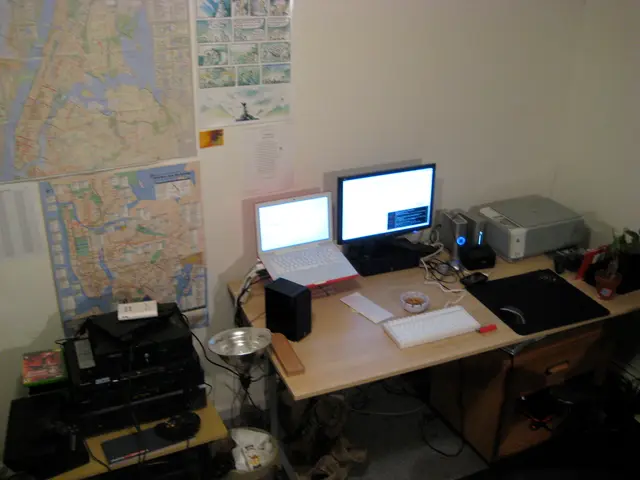Coleco Adam: A Challenger to Commodore 64, Nearly Succeeding
In 1983, the Coleco Adam was announced with ambitious promises, promising a complete computing package for under $600. The system, more than just a home computer, was designed as a modular system that could upgrade from a game console (ColecoVision) into a CP/M-compatible computer.
The Adam featured a Zilog Z80 CPU at 3.58 MHz, with additional Motorola 6801 processors for specific tasks, and supported internal expansion slots and an external serial bus (AdamNet) for peripheral connectivity. Its architecture was reminiscent of MSX standards, meaning software ports and hardware expansions could have been modular and relatively easy to develop or clone.
The system's modularity included the ability to attach or detach components like the daisy-wheel printer, tape storage, and transform the ColecoVision console into a fully functional computer, quite innovative for its time. Had the Adam launched on time and with stable hardware, it might have provided a more accessible, versatile, and expandable home computer platform to users much earlier than the IBM PC 386 or the PS/2 innovations of 1987.
However, the Adam's launch was plagued by a series of hardware failures and design oddities, such as its printer doubling as a power supply and self-demagnetizing digital tape drives, leading to a chaotic debut and poor market reception. Due to these issues and delays, it ultimately became a collector’s oddity rather than a commercial success, ceding that market space back to competitors like the Commodore 64 and IBM-derived machines.
If the Adam had gone mainstream in 1983, it could have significantly influenced the trajectory of modular computing by introducing a hybrid, upgradeable system much earlier than competitors. Its modular and hybrid nature anticipated later trends where devices blurred lines between gaming consoles and computing systems, potentially leading to earlier ecosystems of hybrid computing.
The Adam's design suggested a world where modular computing could have gone mainstream in the early 1980s, paving the way for more fluid hardware customization and peripheral interoperability at a consumer level, which only became common in the PC cloning boom years later. The potential impact on modular computing was immense. It might have reshaped software ecosystems and hardware design philosophy, fostering more rapid innovation in hybrid systems.
The story of the Coleco Adam serves as a point of reflection on the potential impact of modular computing on the 1983 market. Despite its failures, the Coleco Adam's modular design and potential for innovation could have posed a challenge to the dominance of computers like the Commodore 64. The Coleco Adam's modular computing concept, though unrealized in 1983, remains an intriguing idea in the history of personal computing.
References: [1] "The Unfortunate Story of the Coleco Adam" by Jason D'Aponte, Retro Computing Magazine, 2018. [3] "The Coleco Adam: A Modular Approach to Home Computing" by John Teti, The Verge, 2020.
The Coleco Adam, had it succeeded, could have revolutionized lifestyle and technology in the early 1980s by offering a modular and hybrid home computing system that was innovative for its time. Its potential for rapid hardware customization and peripheral interoperability might have reshaped the software ecosystems and hardware design philosophy, leading to earlier advancements in hybrid systems and technology trends.




